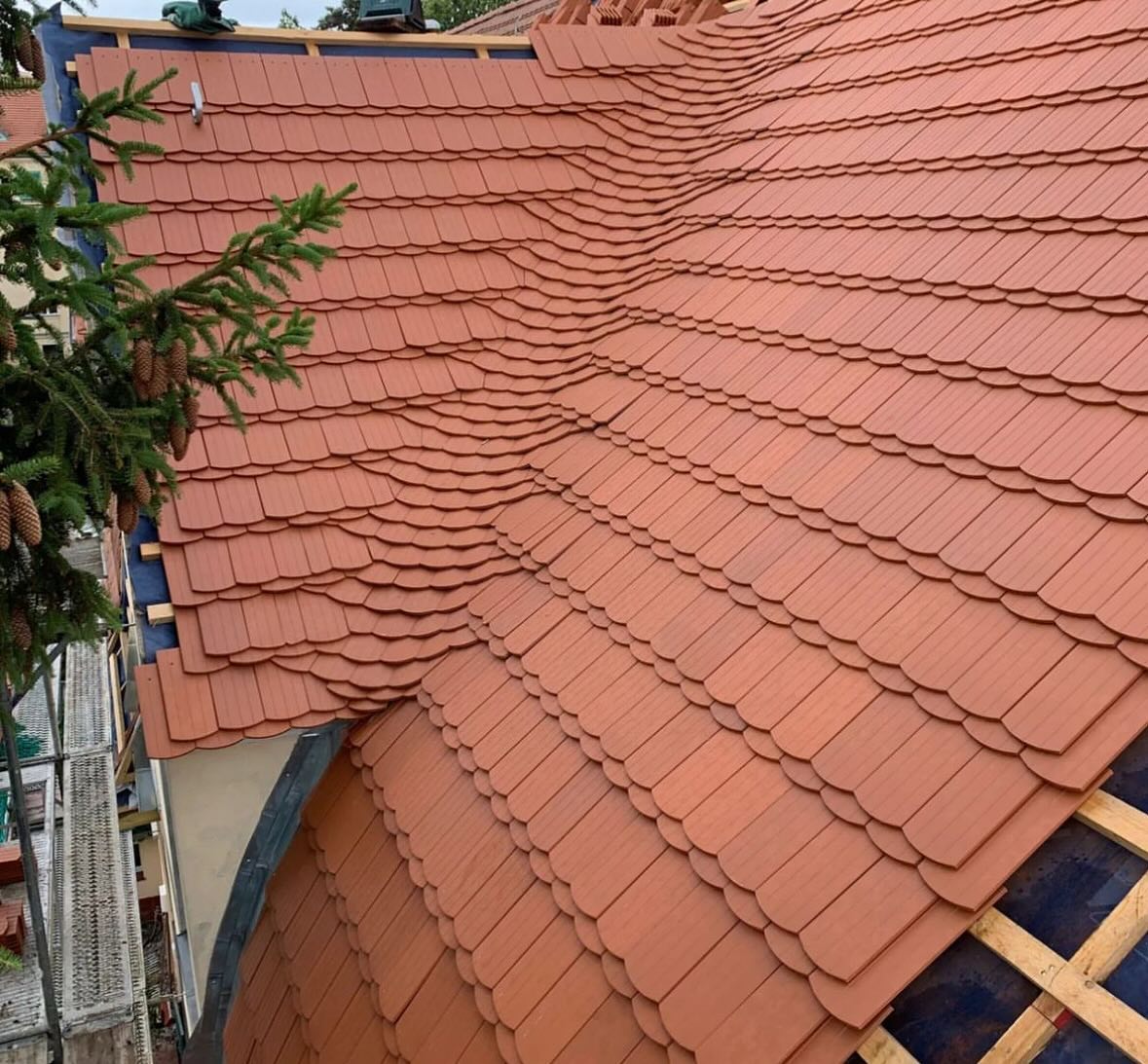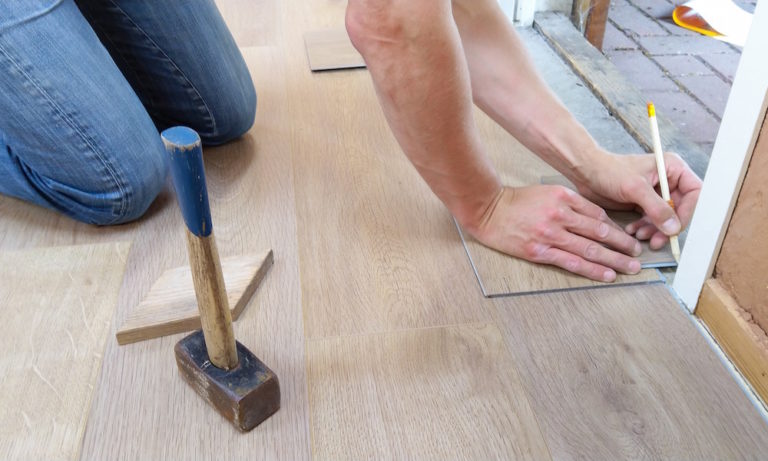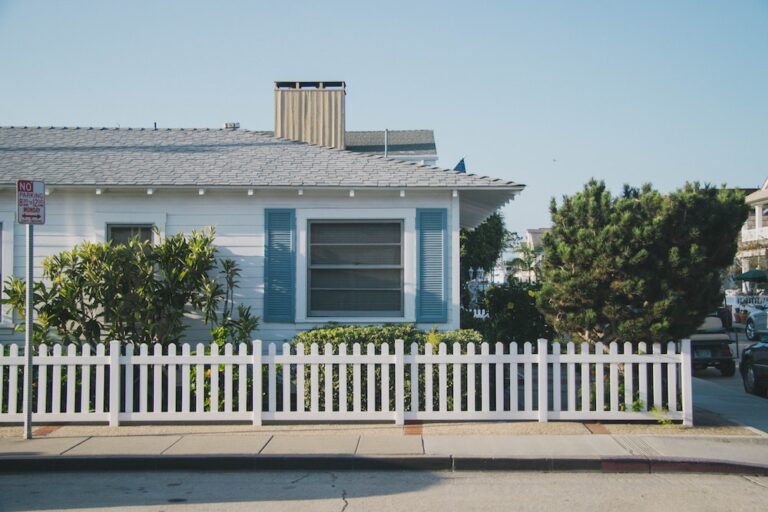Unveiling the Top Roof Repair Mistakes and How to Sidestep Them
The importance of a sound roof cannot be overstated. It plays a vital role in the overall structural integrity of a home. Repair and replacement of a roof are significant undertakings that demand careful consideration and planning. I’ve noticed that many homeowners, including myself in the early days, approach roof repair with trepidation, and for good reason. It is a task that can be costly and complex, with a steep learning curve for the uninitiated. Throughout my experiences, I’ve gathered a wealth of knowledge from https://advanceroofingllc.com/ about the common pitfalls and best practices in roof repair and replacement. In sharing these insights, I hope to help others navigate this challenging yet crucial home improvement landscape.
Common Roof Repair Mistakes to Avoid
One thing I’ve learned in my years of dealing with roof repairs is that mistakes are not just common; they’re almost a rite of passage. However, some blunders can lead to costly consequences, and it is imperative to be aware of them to avoid unnecessary headaches. The first mistake I encountered was neglecting regular inspections. Without frequent check-ups, minor issues can escalate into major problems. I’ve seen how a small leak, left unattended, can result in extensive water damage and mold growth.
Another mistake that’s easy to make is choosing the wrong materials. Initially, I was tempted to opt for cheaper materials to save on costs, but this can significantly reduce the lifespan of your roof and lead to more frequent repairs. It is crucial to select materials that are not only cost-effective but also suitable for the climate and the type of roof you have. Furthermore, improper installation is a blunder that can void warranties and compromise the roof’s integrity. Even the best materials can fail if they are not installed correctly.
Lastly, I cannot overemphasize the mistake of skimping on maintenance. I’ve learned that regular maintenance is the lifeblood of a healthy roof. A small investment in preventative care can save a fortune in the long run by avoiding significant repairs or premature replacement. By avoiding these common mistakes, homeowners can ensure that their roof remain in top condition for as long as possible.
Choosing the Right Contractor for Roof Repair
When the time comes for roof repair or replacement, choosing the right contractor is paramount. I’ve seen many homeowners, myself included, struggle with this decision. It’s a balancing act between cost, quality, and trustworthiness. The first step I took was to conduct thorough research. I sought recommendations from friends and family, read online reviews, and checked credentials to compile a list of potential contractors.

I learned that it’s crucial to look for contractors who are licensed, insured, and have a track record of quality work. A reputable contractor should be willing to provide references and a portfolio of their previous projects. I made it a point to ask for detailed proposals from several contractors, comparing not only the price but also the scope of work and the quality of materials proposed.
Communication is another key aspect of selecting the right contractor. A good contractor should be responsive, transparent, and willing to answer any questions. Before making my final decision, I made sure to establish clear communication channels to ensure that my expectations and the contractor’s plans were aligned. This due diligence in choosing a contractor has saved me from numerous potential headaches and ensured a quality roof repair job.
Different Types of Roof Repair and Replacement Options
The roofing industry has evolved significantly, and there are now myriad options available for repair and replacement. I’ve learned that understanding the different types of roof repairs and replacements can help in making informed decisions about what is best for my home. Minor repairs might involve patching a leak or replacing damaged shingles, while more extensive repairs could include addressing structural issues or water damage.
Replacement options also vary widely. A partial replacement may be sufficient if damage is localized, whereas a complete replacement might be necessary if the roof is old or extensively damaged. There are also different roofing materials to consider, each with its own set of advantages and disadvantages. From traditional asphalt shingles to metal, tile, or even green roofing options, the choices can be overwhelming. I’ve found that researching and consulting with my contractor about the types of repairs and materials suitable for my specific situation has been invaluable.
Precautions to Take Before Starting Roof Repair
Before embarking on any roof repair project, taking the necessary precautions is essential. Safety is the primary concern. I make sure to wear appropriate safety gear and use secure ladders or scaffolding. It is also important to choose the right weather conditions for repairs; a dry and calm day is ideal to avoid accidents and ensure the effectiveness of the repairs.
Another precaution I’ve learned to take is to protect my property. Roof repairs can be messy, and debris can cause damage to landscaping or outdoor features. Using tarps and plywood to cover and protect sensitive areas can prevent unnecessary damage. Additionally, I ensure that I’m aware of and comply with any local building codes or regulations. This not only keeps me legally compliant but also ensures that the repair work is up to standard.

Tips for Maintaining a Healthy Roof to Prevent Future Repairs
I’ve come to realize that prevention is better than cure when it comes to roofing. Regular maintenance is key to extending the life of a roof and preventing future repairs. This includes cleaning gutters and downspouts to prevent water buildup, trimming overhanging branches to reduce debris and potential damage, and conducting regular inspections to catch issues early.
Proactive measures, such as applying a protective sealant or replacing worn flashing, can also mitigate future repair needs. I’ve found that being vigilant about the condition of my roof and addressing minor issues promptly has been the most effective strategy for maintaining a healthy roof.
Conclusion
In closing, I cannot stress enough the importance of professional roof repair and maintenance. While some minor repairs can be DIY projects, for most repairs, the expertise and experience of a professional are invaluable. A professional contractor can ensure that repairs are done correctly, safely, and to code, ultimately saving time and money. By embracing these principles, you can transform potential roofing blunders into brilliance, ensuring a strong and reliable roof over your head.






